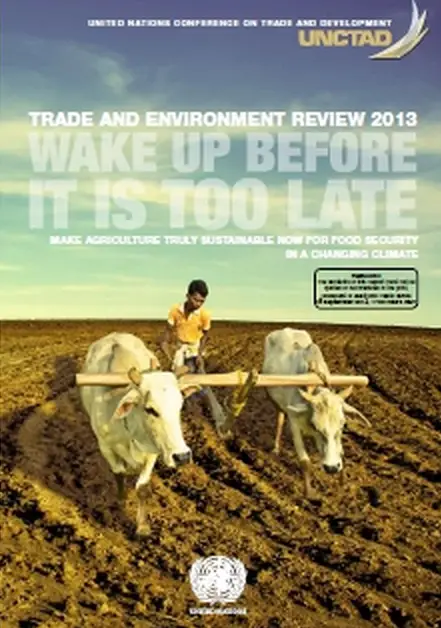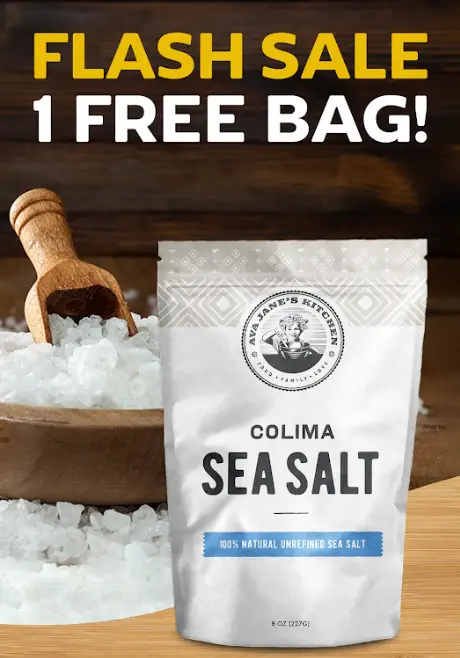The Biotech and GMO food industries have long spent big bucks on lobbying to influence public opinion, but it’s not just the hearts and minds of our Congresspeople that Monsanto and others are after: they also have a long history of going after children as well.
Perhaps the most glaring recent example of corporate pro-GMO propaganda for kids came in the form of a Monsanto-funded coloring book titled “Look Closer at Biotechnology,” which was not widely distributed thanks to the work of online activists.
Next came a heavily-biased activity book that listed alleged “pros” of GMOs but said nothing about the cons, which activists caught wind of last year and were also able to stop.
The textbook company behind the activity books, Evan-Moor, was deluged by letters and calls from activists, leading to the removal of the pro-GMO exercise and a public apology from its CEO.
“We do not allow GMO foods in our home, and we would certainly never do anything to promote them in our publications,” he said, before removing the controversial parts.
Now, one parent in Monsanto’s home state is sounding the alarm about another children’s textbook that contains blatantly biased, pro-GMO information as shown in the picture below.
Sixth Graders’ Science Exercise: Pro-GMO to the Core
The 6th grade core curriculum textbook in question, ‘Science: A Closer Look’ includes a section on genetically modified (engineered) crops that is blatantly pro-GMO with no balance and no counter-points, including four bullet points touting their alleged, and highly disputed, “benefits.”
In this case, a parent in Monsanto’s home state of Missouri named Dawn Jordan noticed the section after her 6th grade niece brought the book to her.
The book includes the following statements about genetically engineered crops:
1. They can produce more food
2. They have more nutrients
3. They fight disease and insects
4. They need fewer chemical pesticides
According to Jordan, her teacher even got in on the act, writing in “no bugs, more food” in an answers section below where kids are asked to “list three ways genetically engineered crops could be helpful to humans.”
“A Closer Look” at Pro-GMO Propaganda
According to the textbook’s publisher McGraw-Hill education, the book in question (seen this link and the picture below) is distributed to schools across the country.
While two different McGraw-Hill reps did not know how to how many schools this particular book, ‘Science: A Closer Look,’ is distributed to, Jordan said that her niece, who attends Hillsboro Junior High in Hillsboro, Missouri (not too far from Monsanto’s St. Louis area headquarters) noticed that her peers from nearby schools also use the same book.
Jordan was surprised not only by the content but also the teacher’s comment.
“When my niece sent me her homework, I noticed her teacher wrote, ‘no bugs, more food’ as a suggestion to her as to what to write about…which disgusts me that a teacher in a public school system has no knowledge whatsoever on the actual truth about GMOS and is merely doing what she is told, without proper research first,” she said.
“When your child’s own teacher is uneducated, how are they supposed to educate your child?”

‘Science: A Closer Look:’ the book which contains a pro-GMO assignment. Does your child use this textbook? Let us know in the comments section or on Facebook.
How to Contact the Publishers
If you’d like to contact the publishers of the book, McGraw-Hill, to let them know how you feel about the biased pro-GMO information in these children’s textbooks, you can click here to visit their customer support page.
The McGraw-Hill number for PreK-12 educational materials is 800-334-7344 (the call center is open til 6 p.m. ET), and their email address for general customer service inquiries is as follows: SEG_CustomerService@mheducation.com
The company is based in Columbus, Ohio.
Evidence Against Textbook’s Pro-GMO Claims
While the above assertions are stated as facts, the counter-arguments to these points are strong, yet completely ignored in the textbook:
1. There are plenty of studies showing lesser yields from GMOs compared to organic and natural crops, including this one from the University of Nebraska and this one from Iowa State University. Not only that, but a 2013 UN Report said that the task of “feeding the world” should be carried out through small-scale organic farming, not GMOs.

Do we need GMOs to “feed the world?” This 2013 UN Report says the answer is actually small-scale organic farming; click here for more info.
2. Considering that these crops are sprayed with massive amounts of chemicals that harm the soil over time, especially in comparison to organic food, it’s no surprise that they are inferior nutritionally. Here’s a study showing that organic soybeans showed a “more healthy nutritional profile than all other types” including GMO soybeans, which also contained high levels of the toxic herbicide glyphosate.
3. While Bt corn includes toxins inside the plant to kill insects, some other insects including the corn rootworm have developed resistance to Bt toxin-producing corn, as the EPA noted in 2012. The textbook also makes no mention of the ongoing problem of herbicide-resistant “super weeds” which led to a request in Texas to use a banned chemical on over three million acres of GMO cotton this past summer. There are also at least 31 glyphosate-resistant weeds; many of them likely caused by the overuse of GMOs and accompanying herbicides, that have been cataloged so far.
The main solution offered to this growing resistance so far by Biotech has been to use more and stronger chemicals that find their way into our environment including our air, food and drinking water.
4. According to a report by Charles Benbrook, a research professor at the Center for Sustaining Agriculture and Natural Resources at Washington State University, GMOs actually led to an increase in overall pesticide use by an estimated 404 million pounds, or about 7% between 1996 and 2011, as GMO adoption has dramatically increased.
(P.S. In regards to the teacher’s “no bugs, more food” comment, chemical resistant “superbugs” are now actually proliferating due to GMOs).
While the kids’ textbook in question portrays GMOs as 100% beneficial, these and other studies and examples clearly show that the textbook in question is far from balanced at best, and blatantly wrong at worst.
So, what do you think about pro-GMO propaganda showing up in kids’ textbooks? Let us know in the comments section (and be sure to let the book publishers know, too).
Thanks for reading! P.S. You can subscribe to our email list for more updates like these by clicking here; and don’t forget you can also contact the textbook publishers here.
Thanks for installing the Bottom of every post plugin by Corey Salzano. Contact me if you need custom WordPress plugins or website design.












